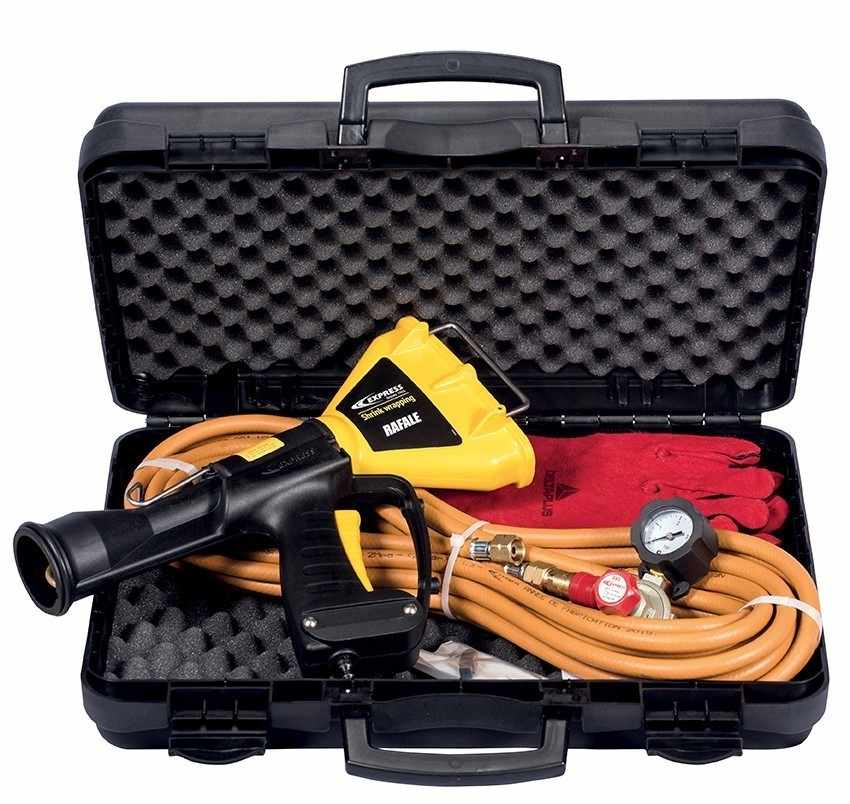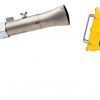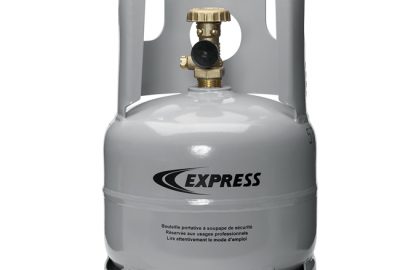When handling a shrinkforming gun, you must take every precaution, as anything to do with the use of gas is potentially dangerous. The tube that connects your torch to your gas cylinder is not a simple rubber tube, but must meet strict standards.
Rubber tube standards
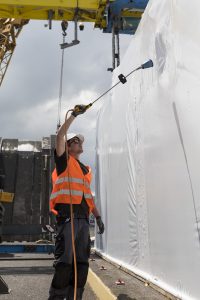 The rubber tubes that are used to move the welding gas – between your station and the gas cylinder – must comply with standard NF EN 559. This standard applies to rubber tubes, including twin tubes and tubes for combustible gases with flux, for welding, cutting and related techniques.
The rubber tubes that are used to move the welding gas – between your station and the gas cylinder – must comply with standard NF EN 559. This standard applies to rubber tubes, including twin tubes and tubes for combustible gases with flux, for welding, cutting and related techniques.
For tubes made of thermal plastic material, this is standard NF EN 1327.
There is no standard requirement for the useful tube length of torches, as long as they comply with the NF EN 559 standard for rubber or NF EN 1327 for thermal plastic.
However, it is always more relevant and safer not to use tubes that are too long. You always take an extra risk that they will wear out or cut more easily. Shorter tubes reduce pressure drop and the risk of accidents.
Conventional colours for the coating of these tubes are also regulated. These are blue for oxygen, red for acetylene and orange for propane.
The tubes of oxyacetylene shrink torches are dated according to their date of manufacture and not their expiry date. Manufacturers recommend changing your tubes at least every five years.
If you use several devices, i.e. several tubes, it is recommended to separate the tubes to avoid the spread of a possible fire that could more easily spread from one to the other.
Types of tubes
Type 10 is reserved for the most traditional use in mechanical workshops, as is the case for steel construction sites.
Type 20 is reserved for relaxed use up to a maximum of 15 bar. It is much more appropriate when conditions are complicated, such as on a deconstruction site.
The condition of the tubes
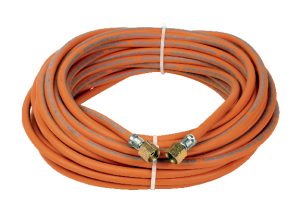 The condition of the tubes must be checked regularly to ensure total safety. This is even more important if you have not used your shrink torch for a long time. You must ensure that your tube is free from cracks and cuts. If necessary, you must protect your gas tube from being crushed by a chute or angle iron.
The condition of the tubes must be checked regularly to ensure total safety. This is even more important if you have not used your shrink torch for a long time. You must ensure that your tube is free from cracks and cuts. If necessary, you must protect your gas tube from being crushed by a chute or angle iron.
Never search for a flame leak, but use soapy water or a suitable gas leak detector.
Failure to properly maintain the tubes can cause gas to leak when using 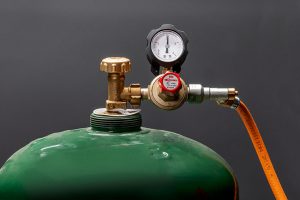 your shrink torch. This can lead to a simple malfunction due to the drop in pressure, but can also lead to greater damage in the presence of heat or flames.
your shrink torch. This can lead to a simple malfunction due to the drop in pressure, but can also lead to greater damage in the presence of heat or flames.
You should also check that your tube is securely attached to the regulator and gas cylinder and that the tube clamps are doing their job. It is often in these areas that the tube can show signs of fatigue and premature wear.
You should also replace your tube if it has been subjected to impact, crushing or if it has been stored in an inappropriate place subject to great temperature variations.
When replacing your tube, you can make it easier by using quick couplings with plugs according to EN 561.

